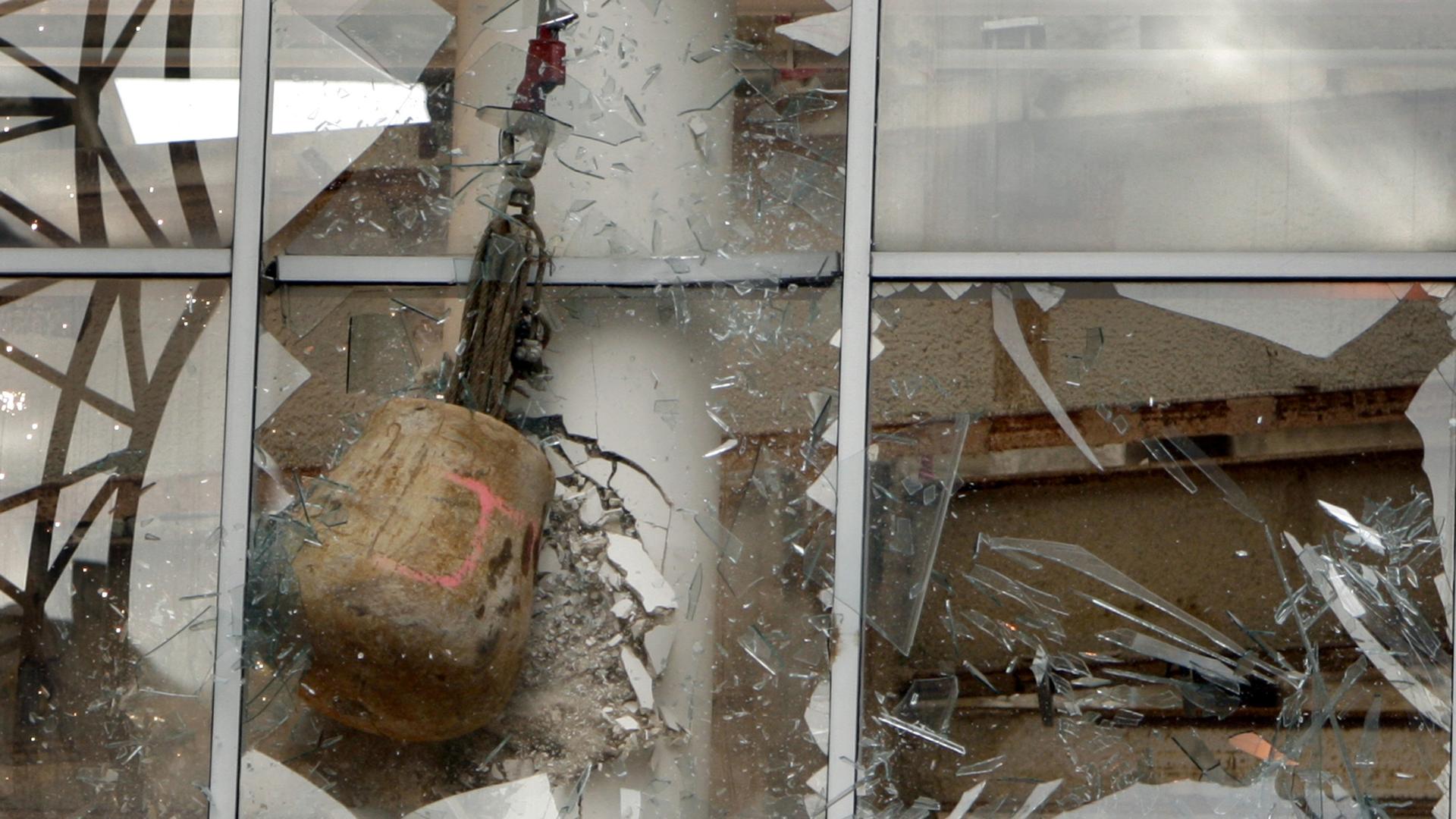When figuring out how to tackle a problem, our instincts are almost always to add: We make “to-do,” not “to-don’t,” lists after all. But just because humans have a harder time seeing subtraction as a viable solution — which can come in the form of tearing down buildings, dismantling barriers and pruning old ideas — doesn’t make it any less useful of an approach.
Leidy Klotz is a professor of architecture, engineering and business at the University of Virginia, and the author of “Subtract: The Untapped Science of Less.” The idea of studying subtraction crystalized for Klotz when he and his son were trying to level a Lego bridge. By the time Klotz grabbed an extra Lego to even things out, his son had already solved the problem by removing one. Klotz now studies why we overlook subtracting as a way to improve things, including the various biological and cultural forces that push us towards more, even when less would serve us better.
Main Takeaways
- Our natural tendency to add rather than subtract stems, in part, from it being much harder to “demonstrate competence by subtracting,” Klotz explains. Monumental feats of architecture, like the Great Pyramids and Great Wall of China, stick in our minds because of their grand scale, and are integral to how towering civilizations demonstrated their superiority.
- Klotz and his collaborators have conducted thousands of experiments that present participants with the choice to add or subtract. In one, participants were presented with a bloated Washington, DC itinerary containing too many tourist activities for anyone to feasibly enjoy in a day. When tasked with improving the “obviously overbooked” itinerary, specifically designed to trigger subtraction, participants still added more activities in the name of improvement.
- Divestment — the act of removing an investment, often for political reasons — is an example Klotz points to as a subtractive tool for change. Divestment from companies that traded or operated out of apartheid-era South Africa proved to be a highly effective anti-apartheid tactic, as institutions removed investments that were propping up a regime they were morally opposed to.
